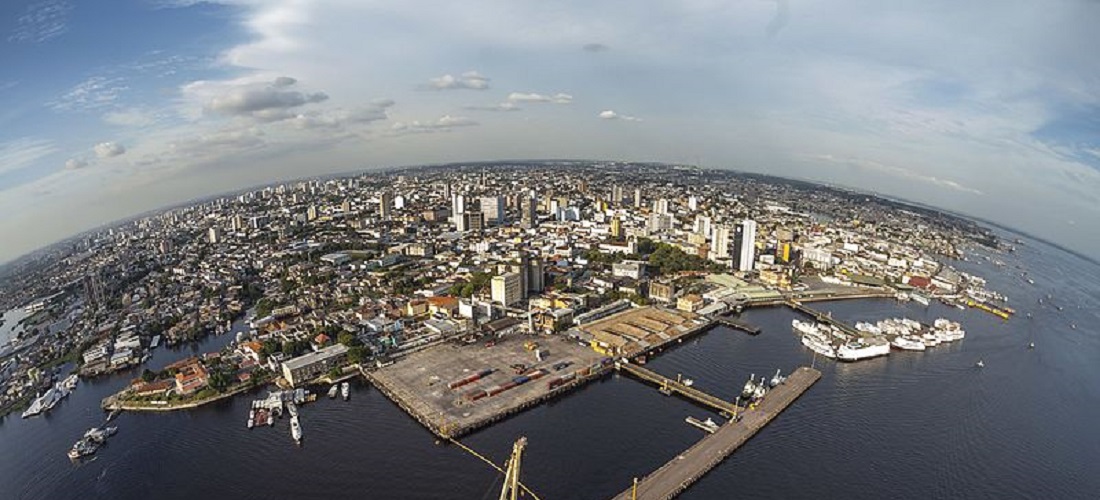
Cabotage key to Brazil’s port competitiveness, says logistics experts
May, 08, 2023 Posted by Lucas LorimerWeek 202321
Brazil’s port potential and the opportunities it provides can be measured in several ways. In numbers, the continental dimensions allow for the simultaneous operation of 71 sea and river ports listed by the National Secretariat of Ports and Waterway Transport, an agency linked to the Ministry of Ports and Airports. From a logistical perspective, one thing is sure: in the face of so many possibilities, investments in cabotage and waterways are crucial to leveraging competitiveness and excellence in the sector.
According to the National Ports Secretariat, Brazil has 33 organized public maritime ports. Among them are those managed by the Federal Government through the so-called “Dock Companies,” or Companhia Docas, and those whose management is delegated to municipalities, states, or public consortia.
Click here to find out which ports had the highest import and export rates for containerized cargo in Brazil and the Plate region in the first quarter of 2023 compared to the same period last year. The data used to formulate the rankings were gathered using DataLiner, Datamar’s cutting-edge business intelligence platform.
The federal ministry classifies a sea or river port based on whether it is equipped to hold long-haul or interior navigation operations rather than its physical location. For example, the Port of Manaus, in the Amazon River basin, is geographically fluvial but designated as a maritime terminal because it receives ships from ocean lines.
According to Ivam Jardim, port consultant and partner-director of Agência Porto Consultoria, cabotage “has a great potential for growth, given the distances in Brazil, and the consumption rates of a large part of the population, along the coast.”
Proven potential
Lawyer Larry Carvalho, who holds a master’s degree in Maritime Law and is a specialist in logistics, international trade, and agribusiness, pointed to the logistical benefits of shipping agricultural production through the ports of the Arco Norte (above the 16th parallel, an imaginary line that divides Brazil into two parts) as proof of the national potential.
“Transshipment stations and river transport convoys can significantly reduce the cost of internal logistics for exporting commodities. In fact, they can lead to a cost reduction of almost 30%, which is a significant amount. This is especially true when compared to other logistics corridors that rely mostly on road transport.”
As for cabotage, Larry noted that considering that “80% of the population density is located in areas within 200 km from the coast, it is necessary to expand the use of this modal.” The benefits are numerous: less environmental impact, lower costs, and lower incidences of cargo damage and theft.
However, Larry said that for a long time, there was no clear public policy to balance the transportation matrix and encourage cabotage. “Thus, even with a high demand for cabotage (up approximately 10% annually in recent years), we had no growth in tonnage supply. The reasons were protectionism and regulatory barriers. The BR do Mar project, now pending regulation, came to serve as a divider of waters.”
Other factors
Former director of the former Companhia Docas do Estado de São Paulo (Codesp), now Autoridade Portuária de Santos (APS), and former president of the Companhia Docas de São Sebastião, engineer and port consultant Frederico Bussinger analyzes that increasing the number of ports in Brazil is important, but there are other factors to be considered. “Automation, mechanization, and modal interconnection come first.”
For Bussinger, Brazilian ports are in the intermediate platoon when it comes to modernization. “We are neither the most modern nor the bottom of the line, but we have pockets of excellence, as is the case of citrus and iron ore logistics, and international benchmarks.”
Regarding equipment infrastructure, the expert stated that “our ports are not far behind the world’s top-tier ports. Of course, there are ports with more productive equipment and systems than ours, but we are not shy compared to most European and American ports. The same goes for Asian ports, except for Singapore and a few Chinese ports.”
Source: A Tribuna
To read the original article, access: https://www.atribuna.com.br/noticias/portomar/com-71-portos-publicos-maritimos-e-fluviais-brasil-pode-crescer-com-cabotagem-e-hidrovias
-
Ports and Terminals
Aug, 16, 2019
0
Ordinance will unlock investments in the port sector
-
Other Cargo
Sep, 06, 2022
0
Cotton: Brazil exports 62.790 thousand t in August
-
Economy
May, 13, 2024
0
WSJ: Argentina’s President Pledged Fiscal Shock Therapy. So Far, He’s Delivering Economic Pain
-
Other Cargo
Dec, 12, 2022
0
Brazil’s footwear production expected to grow 1.6% in 2023

